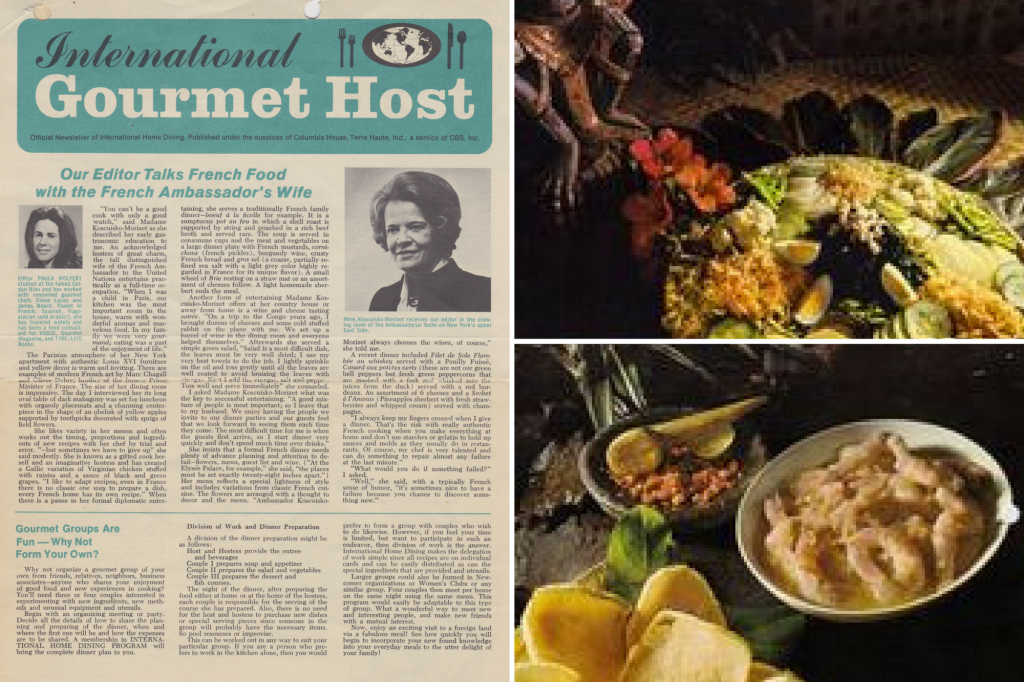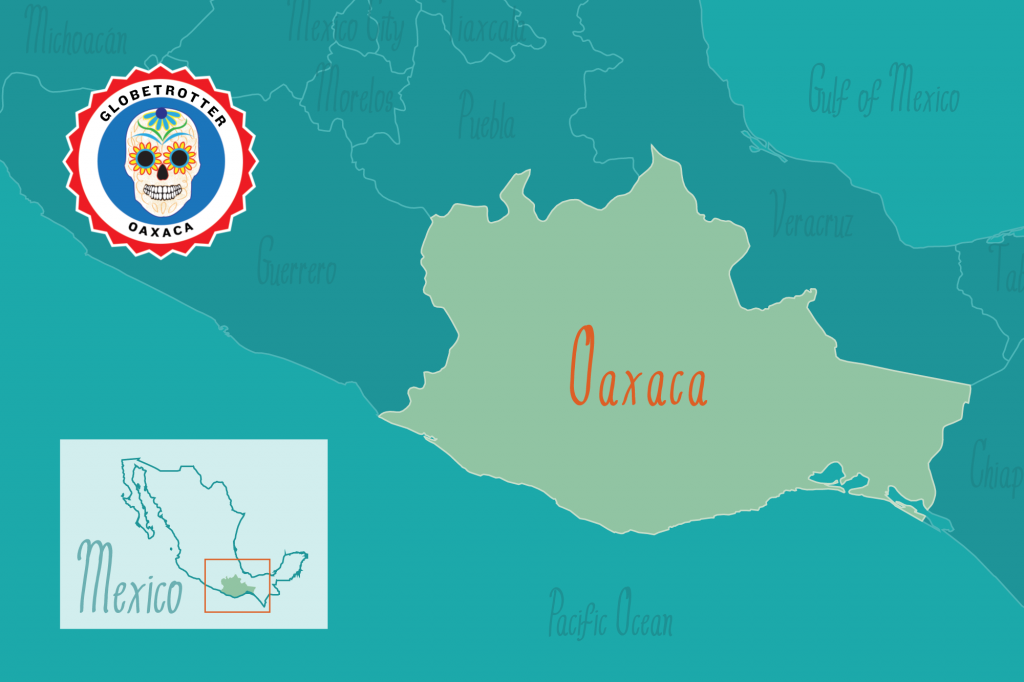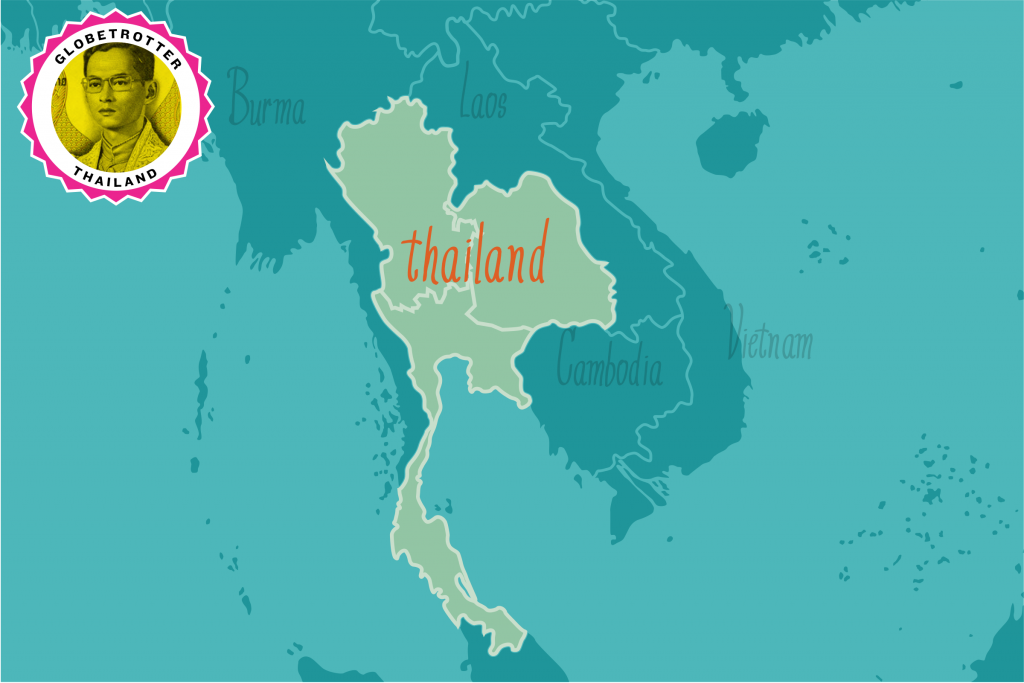The Subcontinent of Spice: Flavors Beyond Tikka Masala

India is so vast, it’s next to impossible to encapsulate the rich diversity of its cuisine. The country itself embraces a global range of flavors, shaped by the Mughal empire and the Silk Road to the north, and by Arab and Portuguese traders along its southern coast. Here are a few of the regions that inspire us the most, from the street food snacks of its central cities to the spicy seafood of the western coast.
North: Punjab, Uttar Pradesh
Located at the crossroads of the Silk Route between south and central Asia, India’s Northern regions produce more than half the country’s wheat and rice. The food here embraces eclectic tastes and traditions, from the Punjab tandoor style of cooking in clay ovens to kebabs, thought to have been introduced by the cooks of the Mughal Empire.
Northwest: Kashmir
Bordering the Himalayas, Kashmir is famous for its natural beauty. Its cool valleys offer ideal growing conditions for saffron crocuses; much of the food bears its golden color. Common ingredients include lamb, basmati rice, pulses such as lentils and chickpeas, and spices like fenugreek, black cumin, and coriander. Dishes we love include the robust lamb curry rogan josh and the multi-course wazwan feast.
Northeast: Assam
The northeastern state is connected to the rest of India by a tiny strip of land squeezed between Bhutan and Bangladesh. Its climate is ideal for growing its signature robust tea. You can taste the influences of nearby China and Myanmar in its dishes, like momo dumplings and singju, their version of green papaya salad.
West: Goa
The coastal region along the Arabian sea has long lured tourists with its gorgeous white beaches. It’s one of the few places in the country where you can find pork and beef on the menu, offered for visitors’ tastes. But it’s best known for its seafood, in spicy curries like vindaloo and solachi kadi, flavored with coconut and a favorite local fruit, mangosteen.
South: Tamil Nadu, Kerala
The south of India is famous for its hot weather and hot food. Meals often come wrapped in its signature dosas. The thin pancakes are made from grains or beans (or a combo) pounded to a paste and left to ferment, then spread on a hot tava, or griddle, to cook. They’re filled with warm stews, often vegetarian, such as the tamarind-spiced sambar, and served with chutneys.
East: Bengal, Andhra Pradesh
Along the east coast, from the Bay of Bengal into the central region of Andhra Pradesh (formerly known as Hyderabad), rice is a staple. Exhibit A, the many versions of biryani, in which rice is layered in a pot with vegetables, spices, and often meat. The pot is sealed with dough, broken only when served, so that the foods all steam together.
Cities: Jaipur, Delhi, Mumbai
The desert area around Jaipur has a history of favoring easy snacks for long journeys. In Delhi and Mumbai, roadside carts served the growing demand for quick bites. Today that snacking tradition carries on as chaat, terrific savory street foods. Some of our favorites include samosas, pakoras, and puri—a deep-fried bread that puffs into a balloon when cooked.









